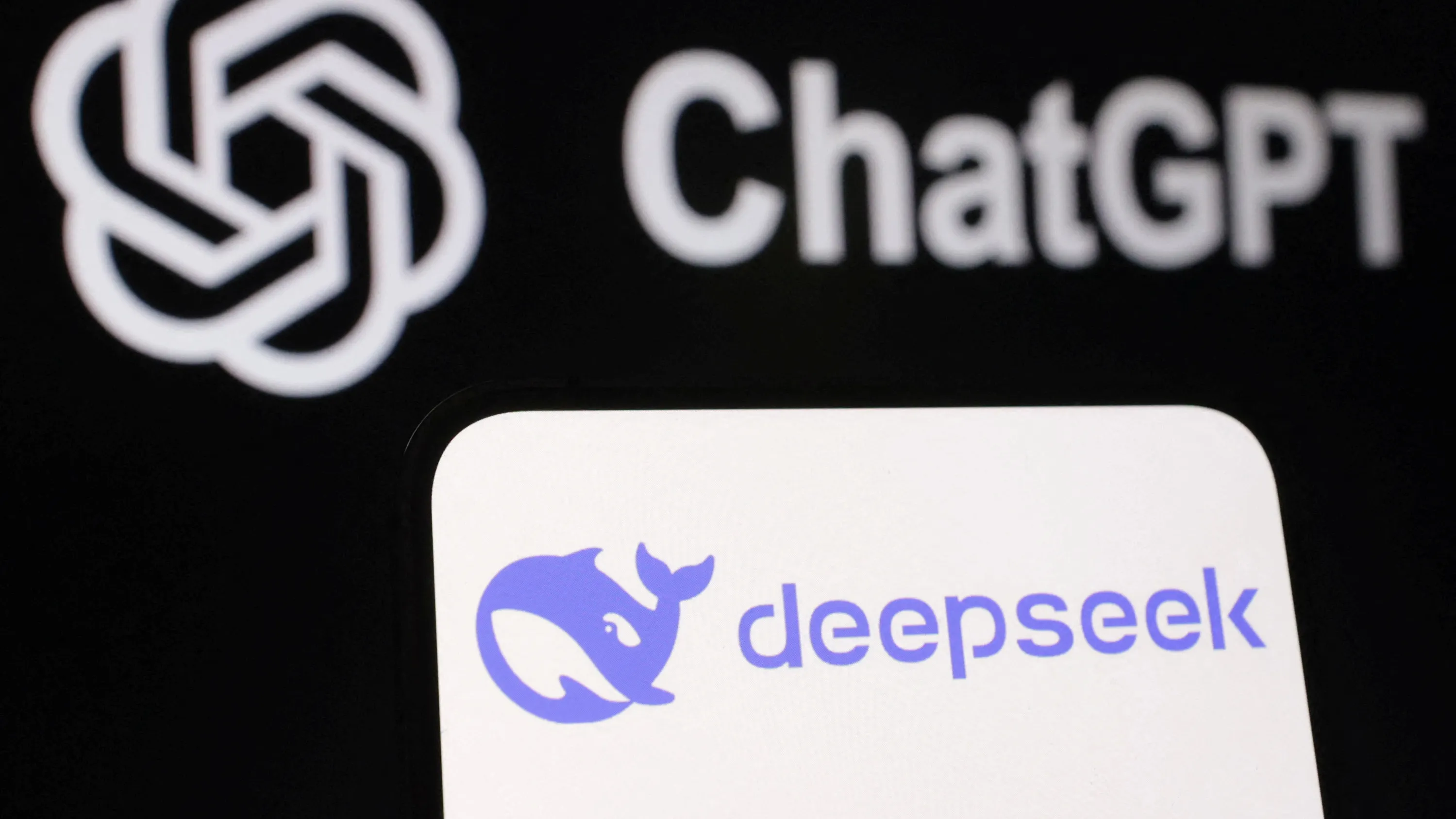The hidden cost of progress: how ChatGPT and DeepSeek affect the environment

In the pursuit of technological leadership, ChatGPT and DeepSeek have come to symbolize a new era of AI. But behind their impressive capabilities lies a less-discussed facet: the impact on the planet. Energy costs, carbon footprints, and resource consumption call into question the sustainability of these systems.

Architecture and Ecology
ChatGPT, developed with Microsoft’s support, requires gigantic computing power. Training each new model, like GPT-4, comes with enormous power consumption criticized by environmentalists. China’s DeepSeek uses optimization: simplifying the architecture, “compressing” models, and algorithmic efficiency. However, real data on its eco-tracking remains unavailable, preventing an objective assessment.
An unbiased evaluation.
Energy and infrastructure
.
ChatGPT’s datacenters are partially powered by RE (renewable energy) thanks to Microsoft’s carbon neutrality strategy, but capacity still relies on fossil fuels. DeepSeek, deployed on Alibaba Cloud, faces China’s coal power problem. While the efficiency of algorithms can reduce energy consumption, the reliance on coal minimizes these benefits.
Although the efficiency of algorithms can reduce energy consumption, the reliance on coal minimizes these benefits.
Resources: water and e-waste
.
Cooling systems for ChatGPT consume millions of liters of water, especially in arid regions. DeepSeek may be using innovations like immersion cooling, but lack of reporting makes it impossible to confirm this. Another problem is electronic waste: the constant updating of hardware for new AI models leads to an accumulation of obsolete GPUs. DeepSeek, which requires fewer chips, theoretically slows down this process, but practice has yet to be confirmed.
Theoretically, DeepSeek requires fewer chips, but practice has yet to be confirmed.
Balance between innovation and responsibility
.
The environmental future of AI depends on two factors: the green energy transition and corporate transparency. Microsoft and Alibaba have declared zero-emissions goals, but their realization is stymied by country politics. The US, despite its ambitions, remains the largest consumer of oil, while China is only gradually reducing its share of coal.
The bottom line is that reducing the environmental damage from AI requires concrete steps: open reporting of energy consumption, switching to green energy sources, and recycling outdated equipment. Without this, even the most efficient algorithms cannot be called truly progressive.
Without this, even the most efficient algorithms cannot be called truly progressive.








